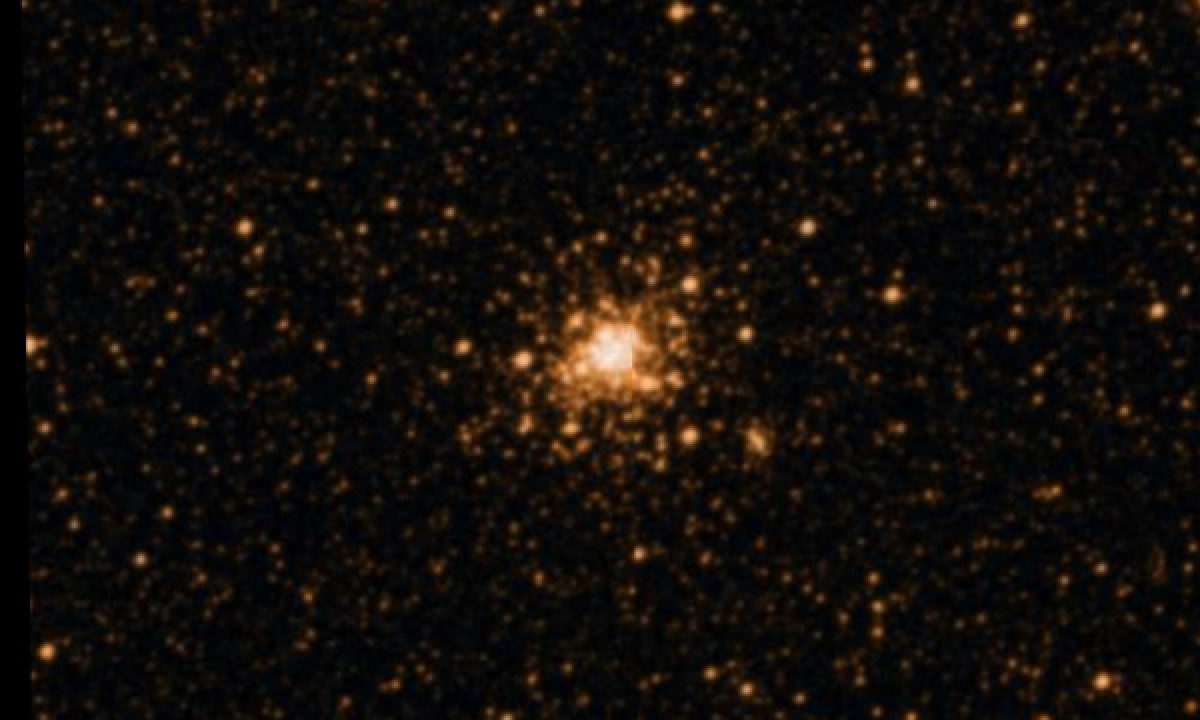The New General Catalogue of Nebulae and Clusters of Stars (abbreviated as NGC) is a catalogue of deep-sky objects compiled by John Louis Emil Dreyer in 1888. The NGC contains 7,840 objects, known as the NGC objects. It is one of the largest comprehensive catalogues, as it includes all types of deep space objects, including galaxies, star clusters, emission nebulae and absorption nebulae.
Know more about NGC
NGC 1818

NGC 1818 is a young globular cluster in the north-west part of the Large Magellanic Cloud, about 3.2 kpc from the center. It was discovered by Scottish astronomer James Dunlop in 1826, and has since been well studied. The cluster has an estimated core radius of 2.67 pc and a 90% light radius of 13.83 pc, with a combined mass of around 13,500 times the mass of the Sun. Age estimates for the cluster range from 25 to 40 million years. Given this, most stars with a mass equal to the Sun or less are still on the pre-main-sequence. The average stellar metallicity – what astronomers term the abundance of elements with higher atomic number than helium – is −0.4, or about 10−0.4 ≈ 40% of the abundance in the Sun. There appear to be two distinct stellar populations in the cluster with the more blue (hotter) stars showing slower rotation rates than the redder (cooler) stars. The frequency of binary star systems in the cluster increases with distance from the core, which is the opposite of the normal trend for globular clusters. This may be explained by interactions with other stars in the denser core disrupting binary systems, before mass segregation of the cluster has begun to take effect. The cluster contains few if any blue stragglers, which are the result of stellar mergers.
More Images:

Sources:
Wikipedia Page: NGC 1818
NGC 1818 at In-The-Sky website
